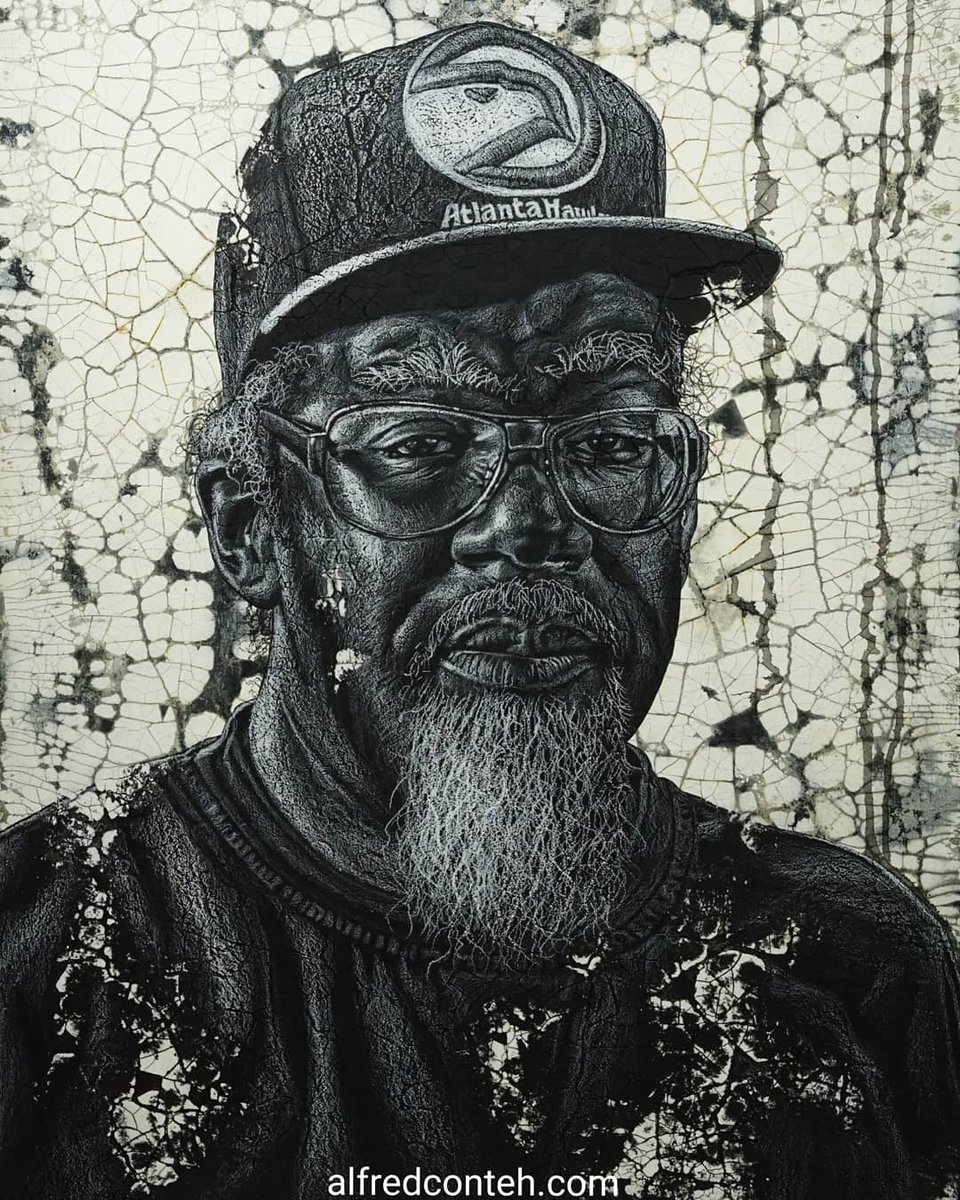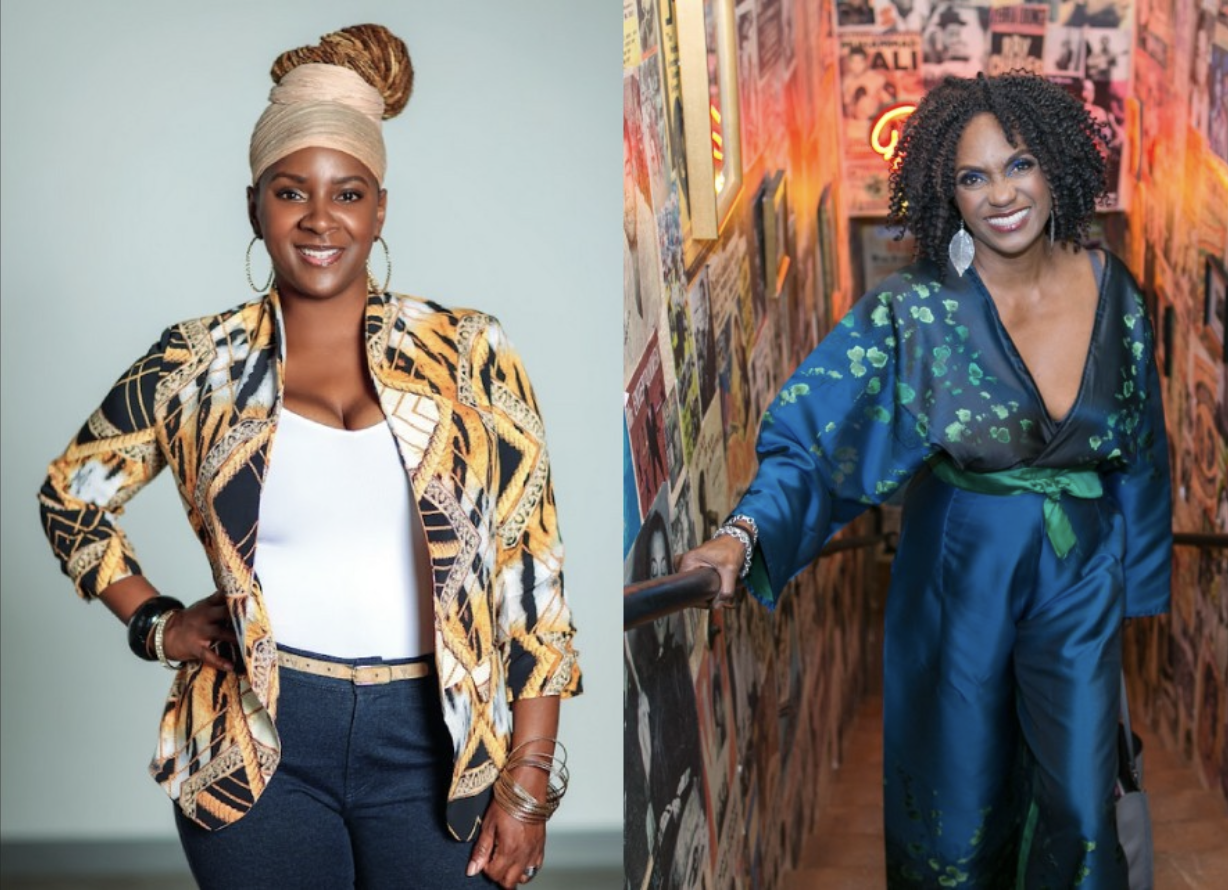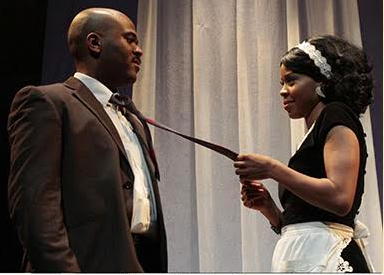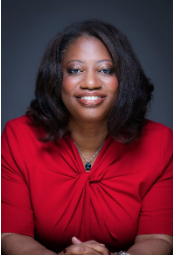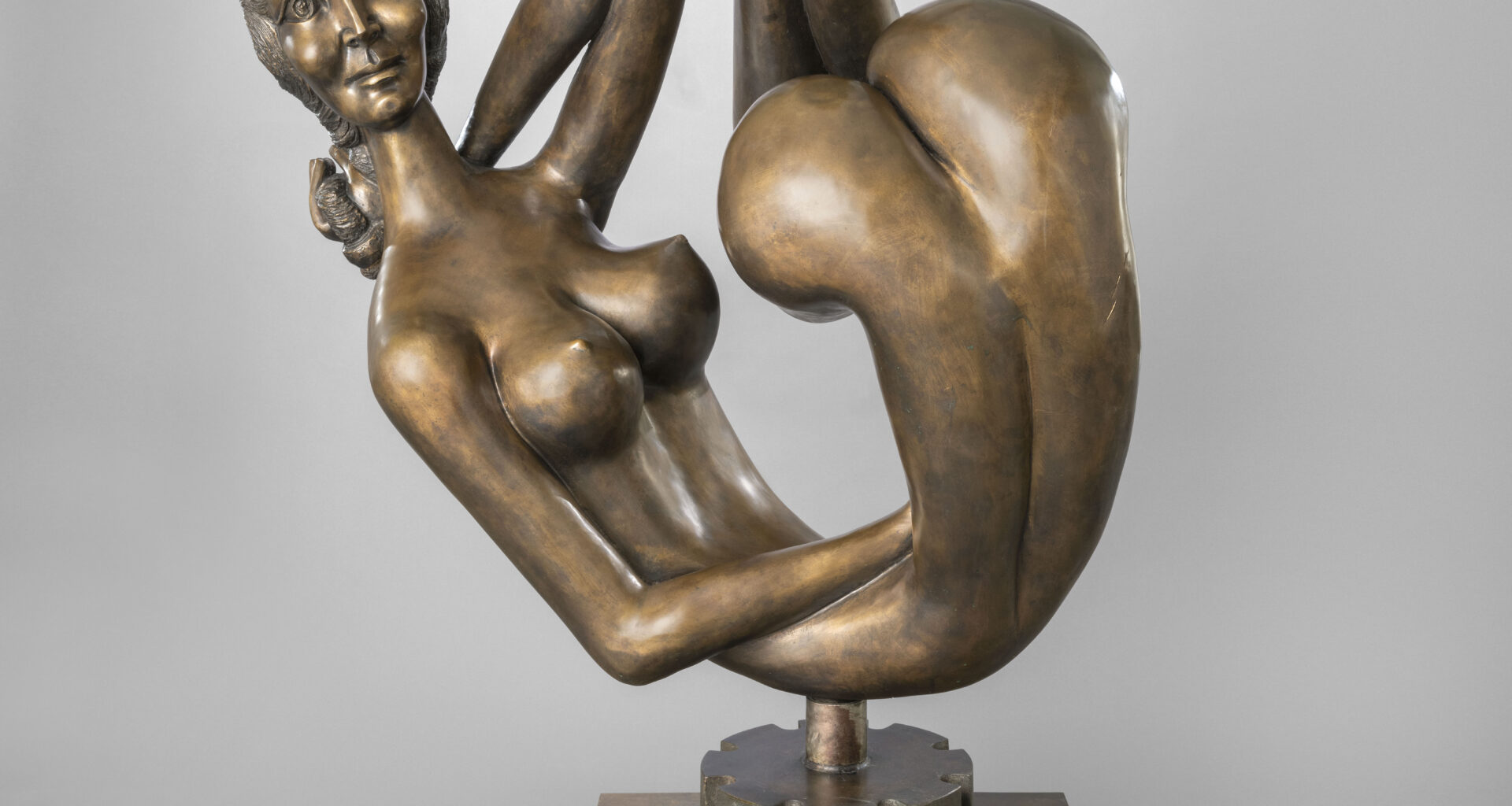Above: Alfred Conteh Terrance, 2019
Atlanta is known to be the capital of Black America. Since the early 1990s, there’s been a reverse migration of African Americans back to the South, and Atlanta has been a prime location for that move.
Opportunities abound in the entertainment and news fields. LaFace Records (1989-2011), Odyssey Entertainment, So So Def Recordings and others have created a space that everyone wants to be a part of. Some of America’s greatest Historically Black Colleges and Universities are based in the city of Atlanta, not to mention wealthy entrepreneurs and the Black upper-upper middle class. Combine the schools with a relatively low cost of living and you have a mecca for Black folks from New York, Chicago and Los Angeles.
With Tyler Perry opening his studio in the city and with so many fantastic movies and television shows taping here, Atlanta has solidified its place as a major center for Black culture. All of this greatness makes it the obvious choice for home for some of America’s most interesting Black artists.
Karen Comer Lowe, an Atlanta-based curator, brought together some of the city’s finest Black artists—important examples of the city’s cultural greatness—to remind the region and the world that the South, and yes, the Black culture that has evolved here is a story that the world will not soon forget.
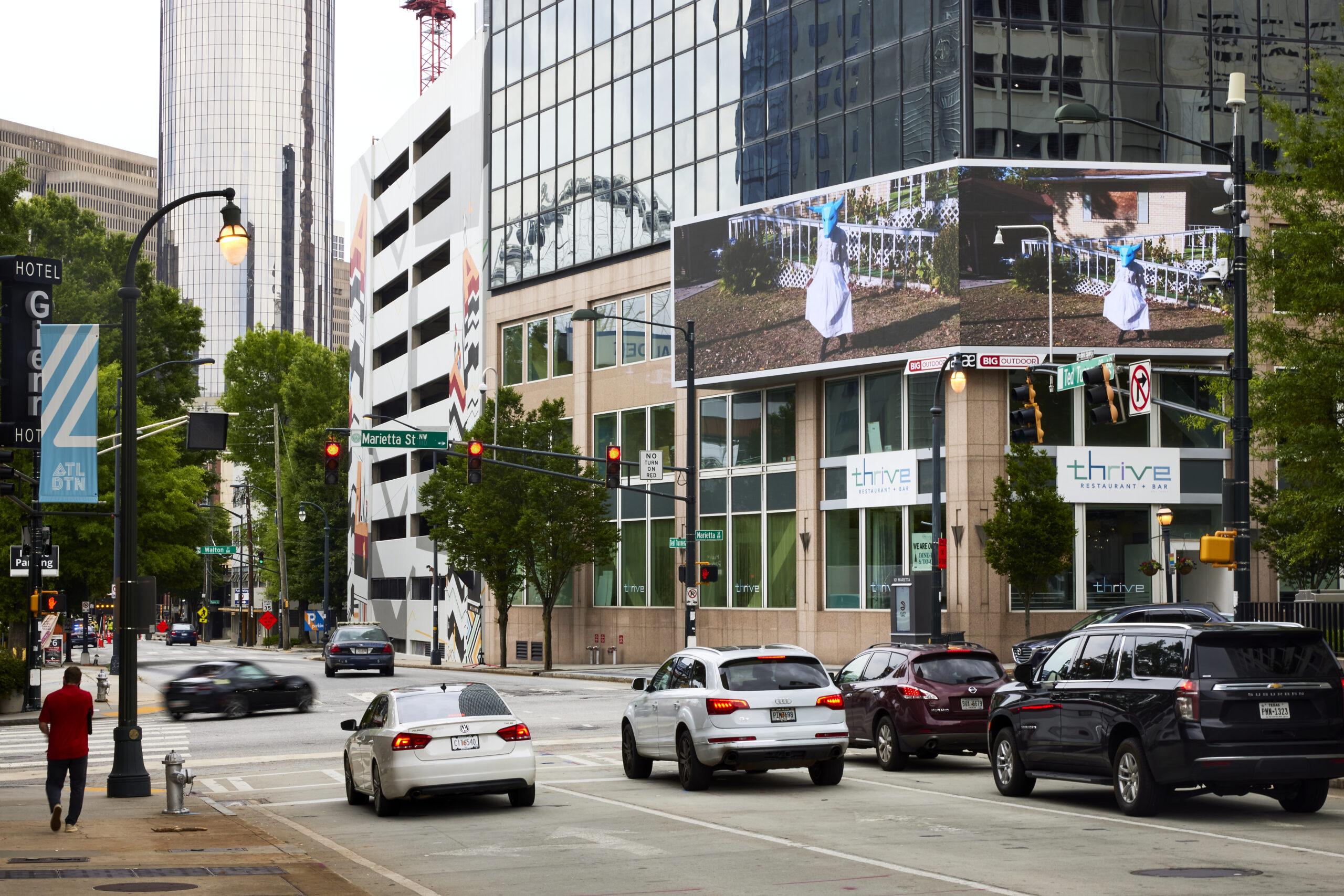
Above: Shanequa Gay: Ode to Kathryn Johnston, Performance, 933 Neal Street, 2016
The South Got Something To Say is a public art project commissioned by Atlanta Arts and Entertainment and curated by Karen Comer Lowe. Featuring, Sheila Pree Bright, Kojo Griffin, Jamele Wright, Shanequa Gaye, Alfred Conteh, Fahamu Pecou, Yanique Norman, Jurell Cayetano, Ariel Dannielle and, Gerald Lovell. This exhibition reminds the city’s residents as well as the South that Black culture is the dominant culture, and that while this region of the world has been marked by some of the worst human atrocities, it clearly has produced some of the world’s greatest cultural offerings. We talked to Karen about the exhibit and what we can expect.
Sugarcane Magazine: The title of this digital exhibition is The South Got Something to Say. Tell me about the title.
Karen Comer Lowe: Taken from the words of legendary Atlanta-based rapper Andre 3000, part of the southern hip hop duo Outkast, in 1995 at the Source awards. This phrase issued a proclamation about the rising impact of Atlanta as a city. Since that time, the city has risen as an influential force in music, film and politics.
SM: Atlanta has been the city for Black people to create a better life for at least 30 years. And in those 30 years, we’ve seen a lot of change in the city. In particular, we’ve seen music and now visual art influencing the city. How have people been influenced by the arts?
KCL: As a native Atlantan, I am still amazed when I see a major motion picture, like Black Panther and see it was filmed in Georgia. And trap music, which is the dominant sound in American music, arguably began with Gucci Mane in Decatur (a suburb of Atlanta). So, Atlanta’s influence is broad, and the world is looking at what we are going to say and do next. Over the past few years, the visual arts have produced national artists who are based in the Atlanta area. The arts are making a broader impact beyond Atlanta and throughout the nation.
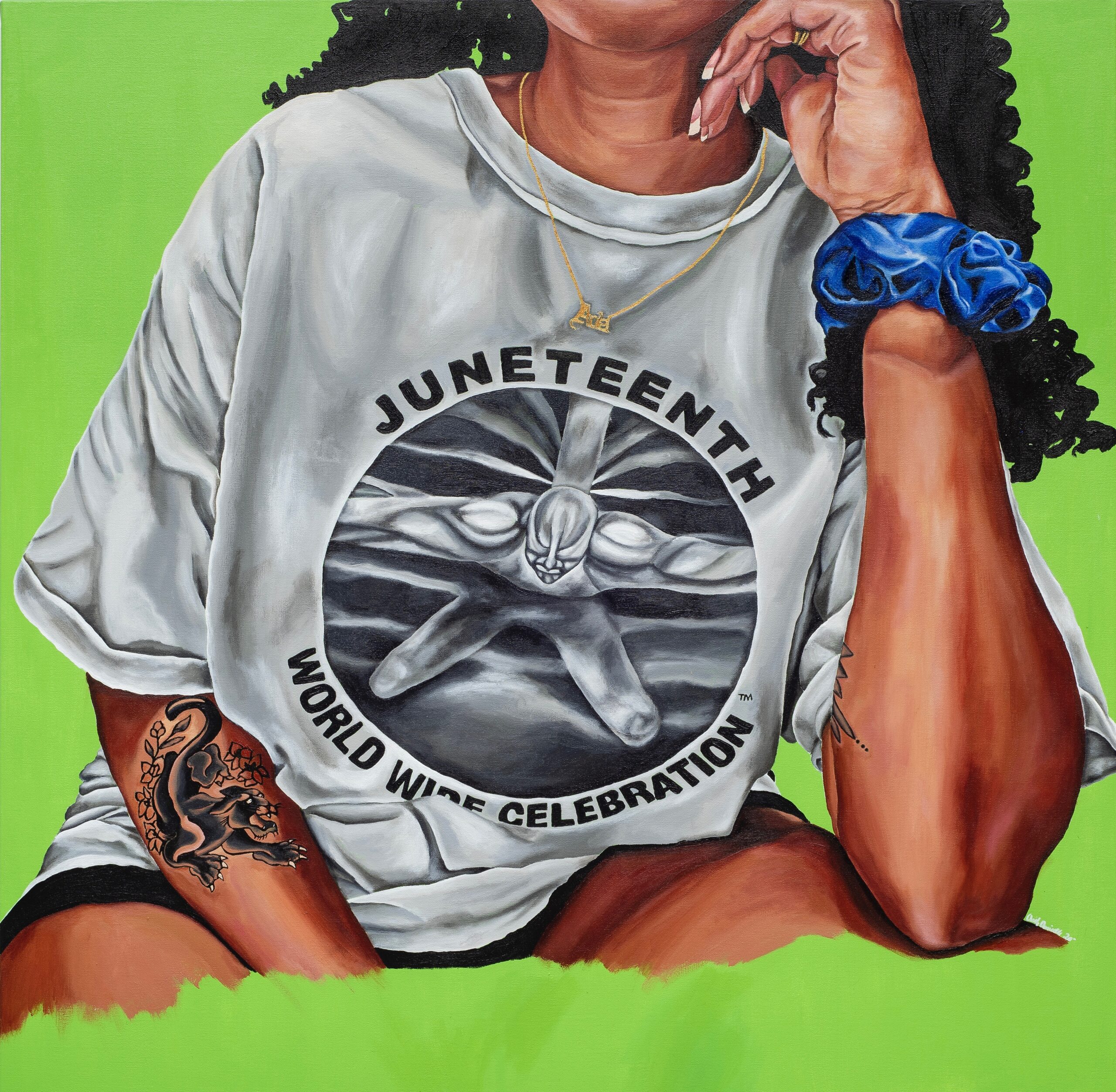
Above: Ariel Dannielle Didn’t Know about you till I was 22, 2020
SM: You assembled a powerhouse group of artists. Tell me more about curating this strong body of work?
KCL: This digital exhibition is recognition of the visual culture of Atlanta and the people who contribute to that culture. The works, while variant in medium, address a reckoning with the intersectional inequities of our being. This is expressed by many of the artists through the original materiality of the art piece. While transferred into the digital realm, the message is further communicated in this new visual way. Each of these artists, while Atlanta-based, are exhibiting and showing their work outside of Atlanta in galleries and museums. This open-air exhibition is a way of bringing the museum to the people.
SM: Did the location of each work inspire your choice of work?
KCL: When selecting the work, I wanted to choose work that would make a visual impact. I had to remember that these are digital signs, and the image will be up for a few seconds, so it needs to be something that will capture the public’s attention. The orientation of the sign was more of a consideration than the location.
SM: What do you want people to understand about the South after viewing this exhibition?
KCL: My hope is that someone outside of the museum/gallery space will see an image on the signs that captures their imagination. I hope they will look for more information about the artists and that this will lead them to the doors of a museum or art space. I also hope the informed public will gain an understanding of the longstanding impact the African American community has made on the South and that we are an integral part of the path forward for equity and understanding.
SM: What does the South have to say?
KCL: After the 2020 presidential and senate elections where Georgia’s vote flipped the senate blue and was integral to the election of a democratic president, I started to think about the influence of Atlanta through music, film, and now politics. There is so much talent in the South, and trends are being created constantly. We are here, and our voice is a relevant part of the conversation. Stay tuned, we have a lot to say!







